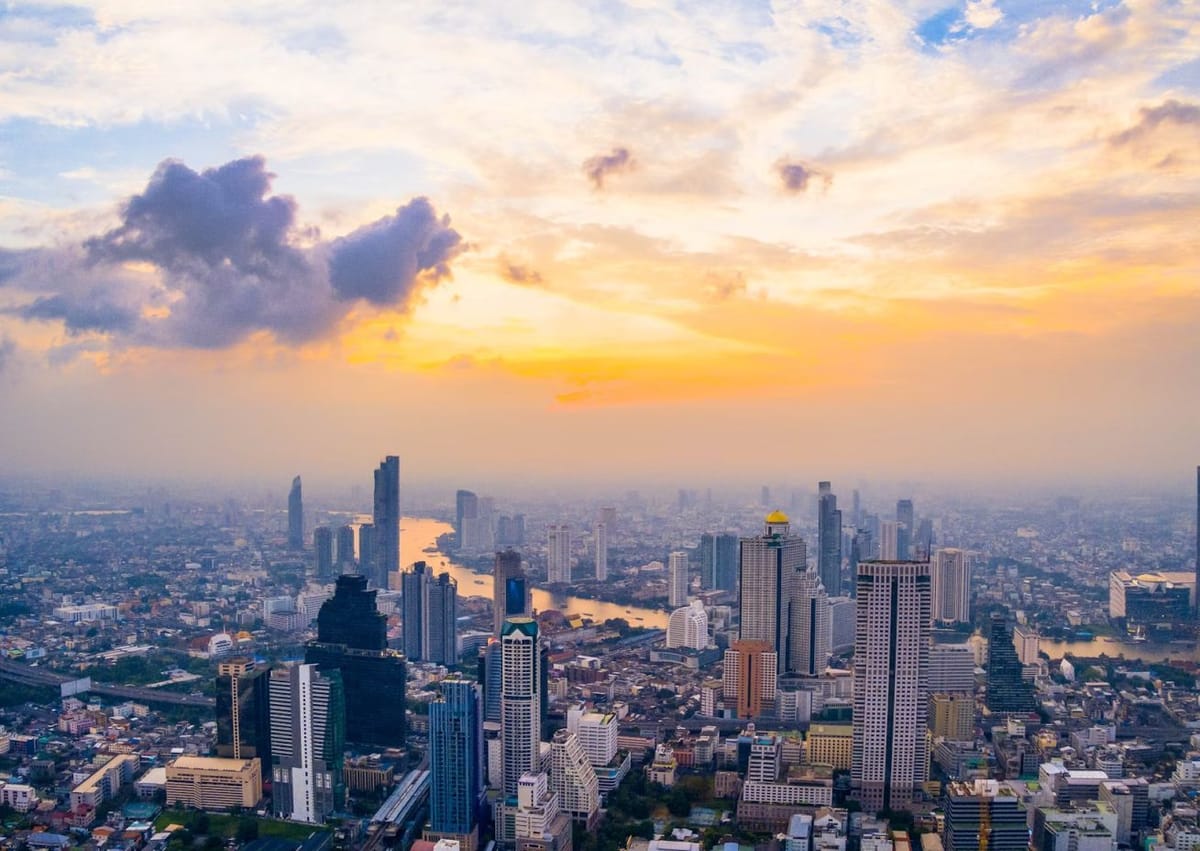AWS launches Thailand cloud region
For a total of four cloud regions in Southeast Asia.

AWS this week announced a new cloud region in Thailand, its fourth in Southeast Asia. It comes with 3 Availability Zones.
Wait, what is an Availability Zone, or AZ? The idea is for enterprises to design services to run on more than one AZ for greater resilience.
This means each AZ is completely standalone and likely deployed on separate data centres.
AZ connectivity
I still remember a younger me listening in rapt attention to AWZ's James Hamilton as he explained how AZs are connected at AWS re:Invent 2016.
- AZs joined by a 'mesh' metropolitan area network.
- 3,456 fibres in each cable.
- 100Gbps links.
And yes, how AWS modified the controllers of the power generators in its data centre to favour IT uptime over the increased risk of blowing up. And this was 9 years ago.
3 AZs is the default at AWS today but this wasn't always the case. For example, the third AZ for the Singapore cloud region was only opened in 2018.
Today, every AWS region has 3 AZs while a small handful of cloud regions have 4 or even 6 AZs
AWS Thailand Region
Back to Thailand. AWS doesn't say which data centres it is using in the Land of Smiles. But we know AWS uses Equinix heavily in Singapore.
Interestingly, the Equinix website doesn't list any data centres in Thailand, though Equinix did announce in October 2024 the acquisition of land in Bangkok for two data centres.
Draw your own conclusions from this.
AWS in Southeast Asia
AWS has a pretty robust data centre footprint in Southeast Asia today. And you can see how the cadence has picked up.
- Singapore (2010).
- Jakarta (2021).
- Malaysia (2024).
- Thailand (2025).
AWS has other cloud regions in the Asia Pacific, including Mumbai, Beijing, Seoul, Tokyo, and Sydney - for a total of 14 regions in total.
When I asked AWS about their plans in Southeast Asia years ago, they always responded that the plan is to have a cloud region in every country "in the fullness of time".
I'm guessing the time has arrived.




